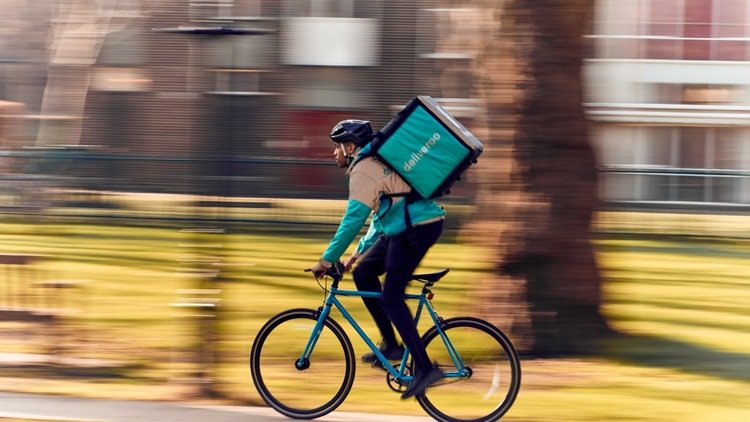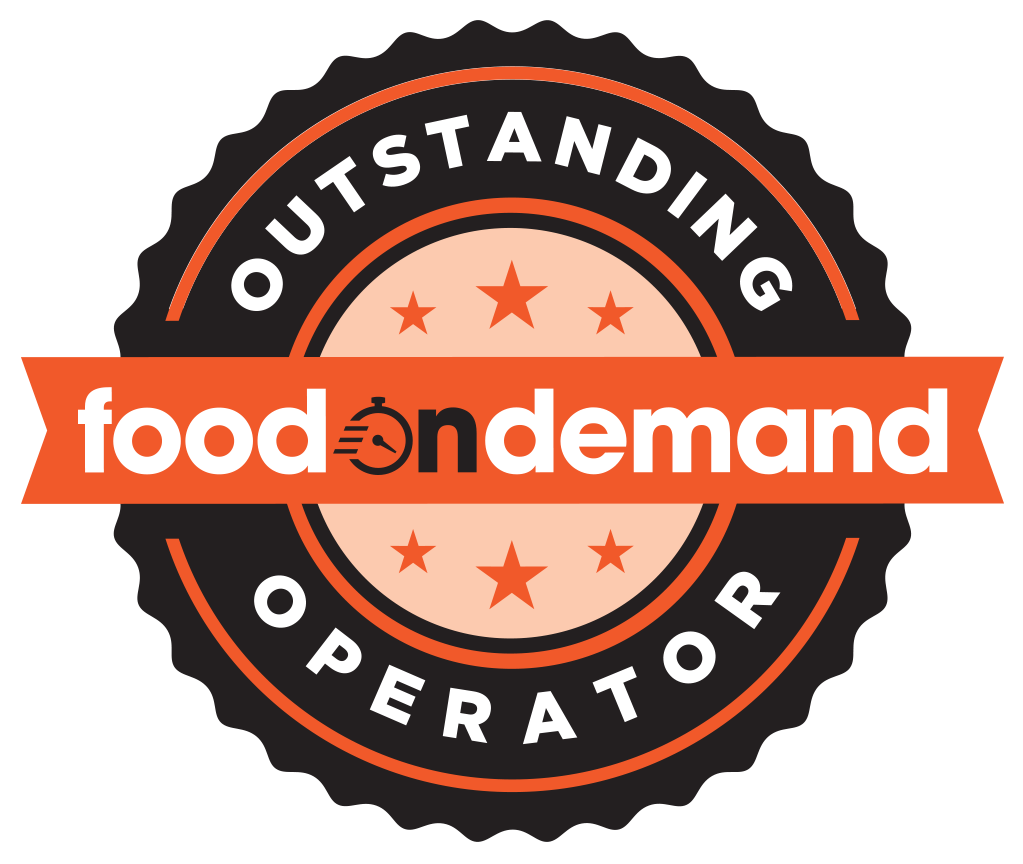Contributing editor, Peter Backman, is a long-term foodservice sector guru and founder of theDelivery.World, a platform that connects the delivery sector and makes sense of the myriad changes and challenges that affect the sector across the globe.
The global food delivery industry is experiencing unprecedented consolidation, with billion-dollar acquisitions reshaping the competitive landscape. This merger frenzy reflects fundamental economic pressures forcing platforms to achieve massive scale or face extinction, while simultaneously transforming from simple delivery services into comprehensive ecommerce platforms.
DoorDash’s proposed $3.9 billion acquisition of Deliveroo and Prosus’s $4.3 billion bid for Just Eat Takeaway exemplify this trend. These deals follow DoorDash’s Wolt acquisition, Delivery Hero’s Glovo purchase, and Uber’s Postmates absorption – each reflecting the industry’s evolution from startup competition to mature market dominance.
The top four companies – Meituan, DoorDash, UberEats, Delivery Hero – together with Instacart – already control over 70% of the global $520 billion food delivery market. Yet rather than slowing consolidation, this concentration accelerates it.
Achieving sustainable profitability requires enormous scale. While companies like Deliveroo reached positive EBITDA, consistent cash flow generation demands operational efficiency only achievable through consolidated resources and reduced competition.
The evolution toward ‘super app’ status calls for massive investments in technology. Modern platforms are becoming comprehensive local commerce ecosystems, offering restaurant delivery, rapid grocery, retail goods, and financial services. Acquiring these capabilities through merger proves more efficient than organic development.
Geographic expansion drives additional consolidation. Meituan’s $1.1 billion Brazil entry shows how platforms view international growth as essential, with acquisitions providing immediate scale and local expertise.
The pandemic accelerated these dynamics by demonstrating delivery’s essential nature while revealing which business models could achieve profitability. Winners emerged with strengthened positions, while struggling platforms became attractive targets.
Customer expectations now demand seamless integration across multiple services – from food delivery to grocery shopping to financial payments – creating pressure for platforms to expand capabilities rapidly through acquisition rather than slow organic growth.
Regulatory pressures around gig worker classification and commission caps encourage further consolidation, as larger entities better absorb compliance costs. Industry analysis suggests six or seven major global players will ultimately remain, each operating across multiple countries and service categories.
The great merger wave reflects delivery platforms’ transformation into essential infrastructure requiring massive scale to succeed. In this winner-take-all market, eating competitors isn’t predatory behavior – it’s s survival strategy.


